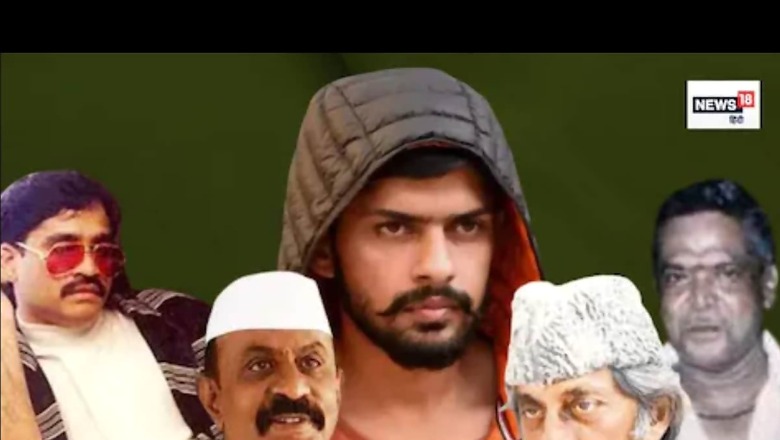
views
The brazen assassination of former Maharashtra minister and NCP leader Baba Siddiqui has rekindled memories of Mumbai’s turbulent underworld past. This chilling incident, reminiscent of the city’s gang wars that plagued it for decades, begs the question– Is Lawrence Bishnoi poised to become the new overlord of Mumbai’s underworld?
From the 1970s to the late 1990s, Mumbai was a battleground for notorious figures like Karim Lala, Haji Mastan, Varadarajan Mudaliar, Dawood Ibrahim, Chhota Rajan, Arun Gawli, and Amar Naik. However, by the turn of the century, relentless law enforcement had effectively dismantled their empires.
While the Mumbai underworld has been largely dormant, the recent assassination serves as a stark reminder of its potential to resurface. Lawrence Bishnoi’s alleged involvement raises serious concerns about a resurgence of organized crime in the city.
A Glimpse into Mumbai’s Notorious Underworld Figures
Karim Lala: Considered the original don of Mumbai, Lala, an Afghan native, arrived in the city in the 1930s. Starting with money lending, he quickly rose to prominence through illegal gambling and protection rackets. His ‘Pathan Gang’ ultimately controlled a significant portion of Mumbai’s smuggling operations, particularly in the south. Lala, often perceived as a Robin Hood figure, distributed a portion of his wealth among the poor, solidifying his grip on the city.
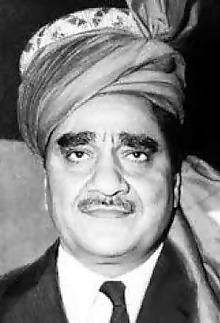
Varadarajan Mudaliar: Arriving in Mumbai from Tamil Nadu in the 1940s, Mudaliar began as a dockworker before establishing a smuggling network for gold and electronics, capitalizing on their scarcity and black market demand. He earned immense loyalty from Mumbai’s Tamil community through financial aid and employment opportunities. Known as ‘Vardha Bhai’, his influence waned in the 1980s due to legal pressure, leading him to relocate to Chennai where he died in 1988.
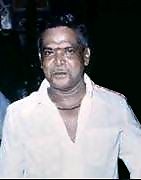
Haji Mastan: A contemporary of Mudaliar, Mastan, also from Tamil Nadu, rose to prominence through smuggling in the 1960s. He collaborated with Lala and Mudaliar to solidify his position before eventually dominating Mumbai’s smuggling operations. Mastan shrewdly invested his ill-gotten gains in the burgeoning Hindi film industry, forging connections with actors and cementing his image as a powerful figure.
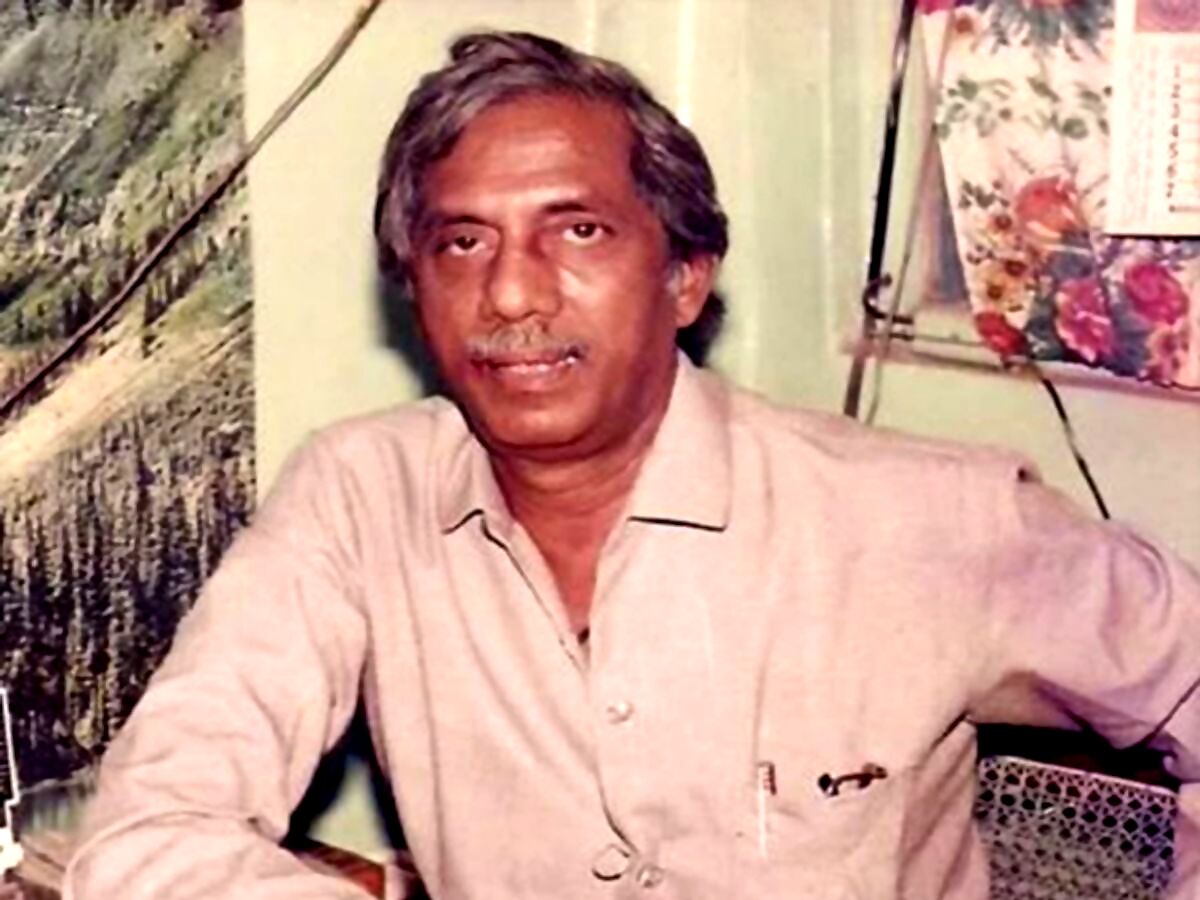
Dawood Ibrahim: Starting with petty crime, Dawood Ibrahim, born in Konkan, Maharashtra, became the city’s most formidable gangster by the 1980s. His D-Company was involved in a vast criminal network, encompassing gold and electronics smuggling, drug trafficking, and international arms dealing. The 1993 Mumbai bombings, which claimed over 250 lives, catapulted him to international notoriety. Ibrahim continues to be pursued by both Indian and international authorities even today.
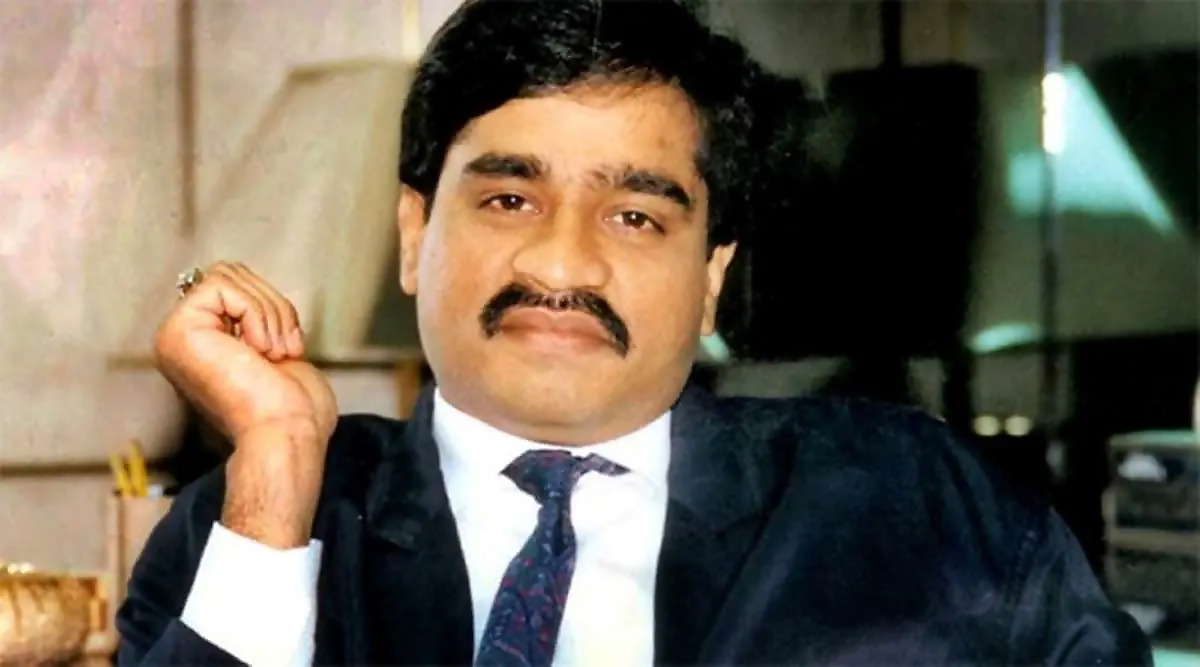
Amar Naik: Naik’s rise marked a new era of violence in Mumbai’s underworld. Emerging from the city’s slums, his gang specialized in extortion, land grabbing, and contract killings, earning him the moniker ‘Ravan’ for his ruthlessness. His reign, though short, was defined by bloodshed, culminating in his death during a 1996 police encounter.
Arun Gawli: Known as ‘Daddy’ by his supporters, Gawli represented a unique blend of crime and politics. Starting with Amar Naik’s gang in the 1980s, he eventually formed his own, controlling areas like Byculla, Parel, Saat Rasta, and Lalbaug.
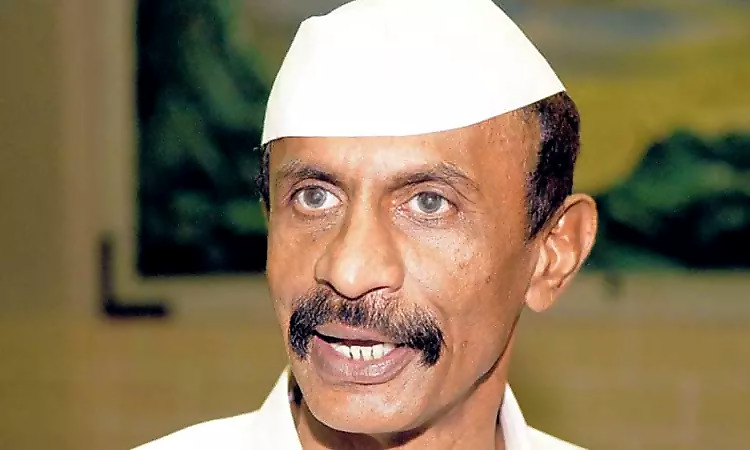
Leveraging his local support, Gawli entered politics in the 1990s, winning a seat in the Maharashtra Legislative Assembly and founding the Akhil Bharatiya Sena party. His political career was cut short by a murder conviction in 2008.











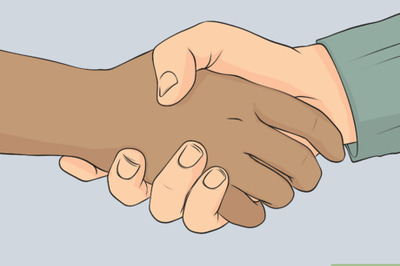


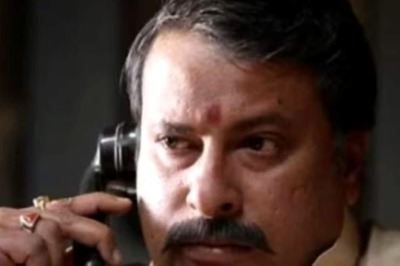

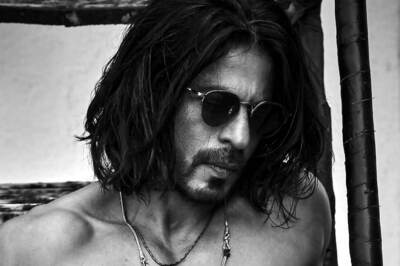
Comments
0 comment